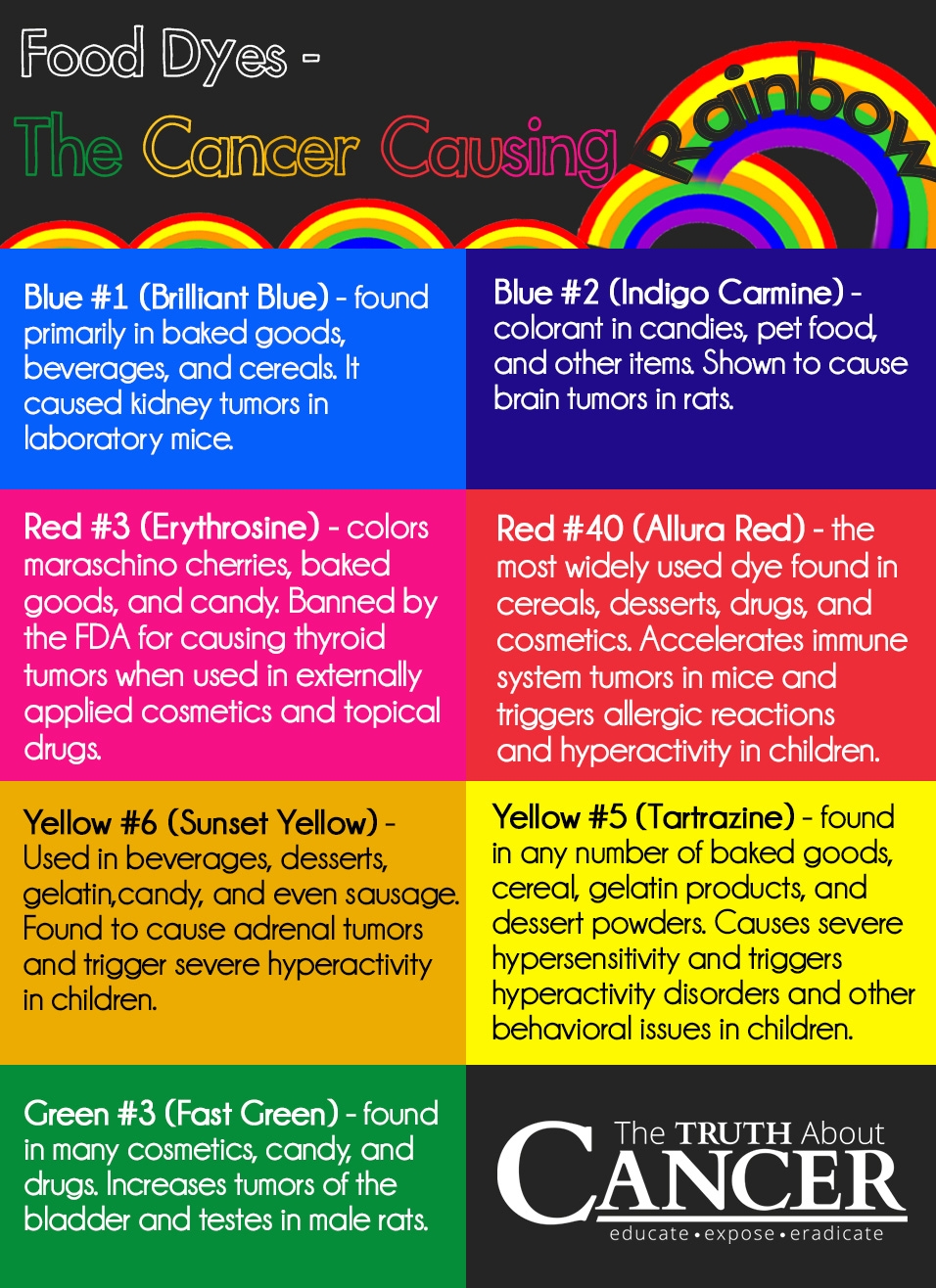Food dye is a common ingredient found in many processed foods and beverages. While it may make these products look more appealing, there has been ongoing debate about the potential effects of food dye on children’s behavior. Some parents and experts believe that certain food dyes can lead to hyperactivity and other behavioral issues in children.
With the rise in consumption of processed foods, it is important to understand the potential impact that food dye can have on children. Many parents have reported noticing changes in their child’s behavior after consuming foods with artificial coloring, leading to concerns about the long-term effects on their development.
Food Dye and Children’s Behavior
Studies have shown that certain food dyes, such as Red 40 and Yellow 5, may contribute to hyperactivity and attention problems in children. These artificial colorings have been linked to increased levels of hyperactivity and impulsivity in some children, particularly those with ADHD or other behavioral disorders.
While the exact mechanism behind the link between food dye and children’s behavior is still not fully understood, some experts believe that certain additives in food dye may affect neurotransmitters in the brain, leading to changes in behavior. It is important for parents to be aware of the potential risks associated with food dye and to monitor their child’s behavior after consuming foods with artificial coloring.
As a result of the concerns surrounding food dye and children’s behavior, some countries have implemented regulations or guidelines regarding the use of artificial colorings in food products. In the United States, the Food and Drug Administration (FDA) requires that food manufacturers list specific food dyes on product labels, allowing consumers to make informed choices about the products they purchase for their families.
In conclusion, while more research is needed to fully understand the impact of food dye on children’s behavior, it is important for parents to be mindful of the potential risks associated with artificial colorings in processed foods. By being informed and making conscious choices about the foods they provide to their children, parents can help promote healthy behavior and development in their kids.
